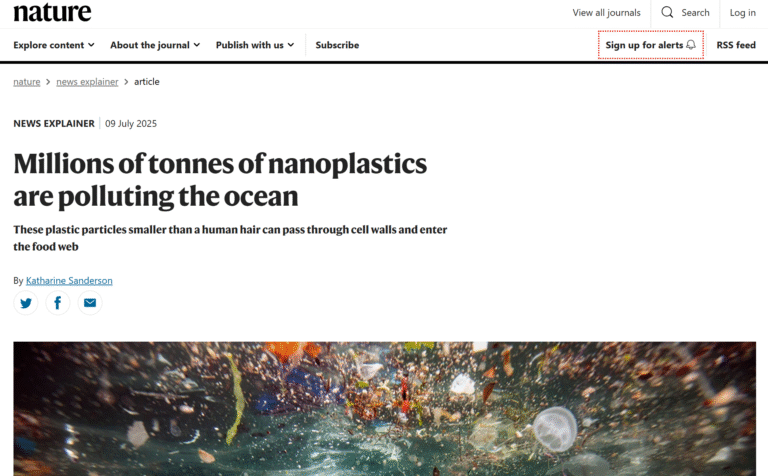SEO is a bullsh*t job (and I say that as an SEO)
If marketers had a real plan, writers followed Google’s quality guidelines, developers read the docs, and designers prioritized users, SEO wouldn’t exist. It’s not magic — it’s cleanup. SEO is the duct tape holding together broken strategy, bad code, and shallow content. Funny job for something that shouldn’t be needed.
Let’s be honest. If every marketer had a solid strategy, every copywriter read Google’s Search Quality Evaluator Guidelines like it was scripture, every developer followed Google’s developer docs to the letter, and every UX/UI designer simply… used common sense — I would be unemployed.
No need for technical audits.
No need for screaming at Screaming Frog.
No need to politely explain for the 17th time why “just adding more keywords” won’t help.
SEO wouldn’t exist. Because everything would already be optimized. Perfectly. Organically. The way Google always wanted it.
A world without SEO?
Picture this. A marketing team with an actual strategy. No fluff, no “we need to post more on Instagram” PowerPoint slides. A positioning so tight it could slice atoms. Messaging aligned across touchpoints. Funnels that make HubSpot weep.
Then there’s the copywriter.
She’s not guessing what to write — she’s read the Search Quality Rater Guidelines like it’s “Harry Potter and the Half-Baked Niche Sites.” She knows what E-E-A-T means. She doesn’t write for search engines. She writes for users, who love the content so much they link to it, voluntarily. I know, it sounds like fiction.
Then comes the developer.
Not just any developer — one who reads documentation. I know. Hold your applause. No JavaScript cloaking nightmares. No 18MB images inside <div style="display:none">. Everything rendered server-side, accessible, fast, and semantic. HTML5 so clean it exfoliates your skin just by loading.
And of course, the UX/UI designer.
He doesn’t just “make it pop” — he makes it convert. Clear CTAs. Logical navigation. Accessibility compliance. Mobile-first, lightning-fast, bounce-proof. Funnels optimized not just for clicks, but for actual micro-conversions. Every breadcrumb trail feels like a customer journey, not a crime scene.
And above all: the entire team thinks customer-first. Every decision based on actual user intent, not some dusty persona called “Decision-Making Donna” from a 2018 workshop.
So what would I do?
Nothing.
SEO, as a profession, would vanish into the void, like structured data on a page nobody links to. No one would need me to canonicalize 47 versions of the same URL. No one would need a full-blown crawl budget analysis because pages not worth crawling just wouldn’t exist.
- There’d be no “ghost orphan pages.”
- No “mystery noindex tags.”
- No internal linking audits that feel like archaeology.
- No spreadsheets named “Title Tags FINAL v14 FINAL FINAL LAST.xlsx”.
But Alas…
Back here on Earth, clients are still pushing 800-word blog posts titled “10 Tips for Spring”. Developers still deploy SPAs without hydration. Designers still build carousels with six CTAs and zero hierarchy. And nobody reads Google’s documentation. Except me. And probably you.
So yeah… I still have a job.
But deep down, I know it’s all just a beautiful mess built on broken processes, conflicting incentives, and a total misunderstanding of how search engines — and humans — actually work.
Which is why SEO isn’t real.
It’s janitorial work.
A desperate attempt to reverse-engineer Google’s patience with bad content and worse code.
But hey — it pays the bills.

